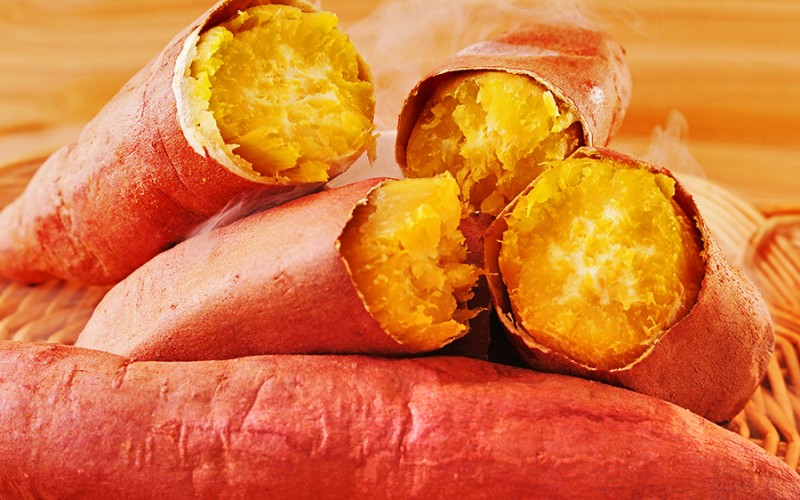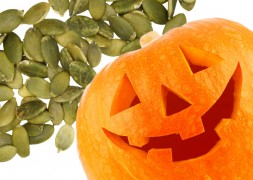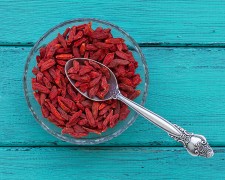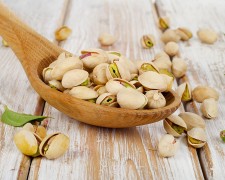Sweet Potato vs Yam
Yams or sweet potatoes. Are they the same thing?

Most people–and even grocery stores–have at times collapsed these two very different vegetables. Both experience a boom in popularity around the holidays as they are fall harvest vegetables and are incorporated into many holiday recipes.
Sweet potatoes and yams are tuberous root vegetables that come from a flowering plant, however, beyond this similarity, these two root vegetables have several distinct differences from one another. So what is the difference between a sweet potato and a yam?
Visually speaking, yams grow in Asia and Africa and tend to have a paler flesh. Conversely, sweet potatoes are grown in tropical regions of America and, depending on the sweet potato variety, the flesh coloring can range from white, cream, yellow, pink, orange, to deep purple. We most commonly find the white/cream to yellowish-orange variety. Both the sweet potato and yam are nutrient-dense, but when it comes to certain nutrients, the sweet potato may have a slight advantage in most areas.
A nutritional and caloric comparison based on an 8 ounce serving:
SWEET POTATOYAM| Calories | 200 | 150 |
| Protein | 5 grams | 2 grams |
| Carbohydrates | 45 grams | 40 grams |
| Fiber | 7.5 grams | 5 grams |
| DAILY REQUIREMENTS | ||
| Vitamin A | 270% | 1% |
| Minerals | 50% | 20% |
As noted in the comparison, sweet potato contains more calories and carbohydrates, but it also packs in more than twice the amount of protein and substantially more vitamins and minerals than a yam.
Within the hundreds of sweet potato varieties, you can find two basic types of sweet potatoes that are distinctly different from any yam.
The fundamental confusion between sweet potatoes and yams started with American supermarkets mislabeling the two. In the majority of cases, what you see labeled as yams in the typical grocery store is the soft sweet potato variety. True yams are incredibly difficult to find and are more often available at a specialty or international market. When in doubt, the produce manager at a specialty market can also be an invaluable resource.
When consuming either yam or sweet potato, make sure to include some healthy fats with your meal to capitalize on the full beta-carotene benefits. One of the best tasting healthy fats to use with these root vegetables is coconut oil. One to two tablespoons with a dash of sea salt will not only increase its nutritional value but will enhance the natural flavor of the sweet potato or yam.
Overall, the sweet potato has an upper edge nutritionally on the yam. Considering that this is what we most commonly buy in the United States, it is something to be happy about. In fact, you could say that sweet potato are some of the most nutritious vegetables out there.
So don't be shy, and find more ways you can bring them into your diet.
Written by Lisa Saremi- Browse: Recipes
Related Articles
Almond Pollination
In Chico and Vina, Ca this year, the California almond growers saw almond flowers blooming three weeks early, at the beginning of February.Don't be scared of Pumpkin Seeds
As we get closer to Halloween, everything “pumpkin” becomes more and more desirable. One of the most nutritionally dense parts of the pumpkin is its seeds (or pepitas). Learn more about the health benefits and nutrition facts of pumpkin seeds.
Goji Berries - A Nutritional Powerhouse
Goji berries are highly recommended for longevity, anti-aging and health strengthening.
Pistachio Health Benefits
The relationship between man and pistachios began as early as 6,000 B.C. The plant is native to Asia most commonly found in Iran and Iraq. Pistachios were introduced to the Romans in approximately 100 AD and are now produced in many countries around the world. The noted health benefits of pistachios similarly date back many centuries.




